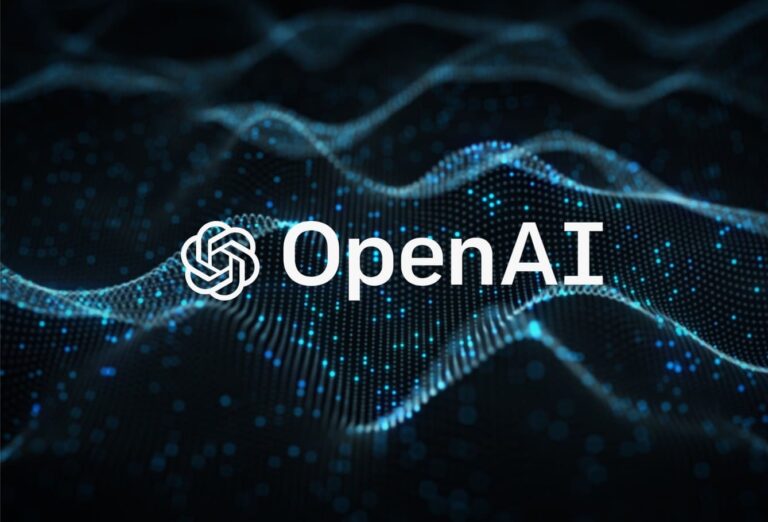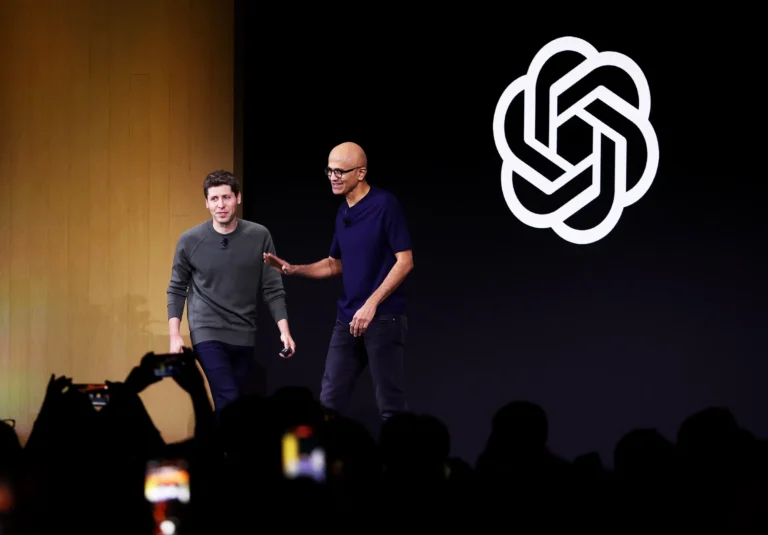- Hemat Waktu
Alasan utama kenapa content writer pakai AI adalah karena bisa hemat waktu. Nulis konten berkualitas tinggi secara manual bisa makan waktu lama, apalagi kalau butuh riset yang mendalam, bikin draft, dan editing. AI bisa bikin draft awal artikel dalam hitungan menit, ngasih dasar yang solid buat penulis poles dan edit. Ini bikin penulis bisa ngerjain lebih banyak hal tanpa harus mengorbankan produktivitas. - Tingkatkan Jumlah Produksi
Di dunia digital marketing yang cepat, kuantitas sering kali sama pentingnya dengan kualitas. AI bisa menghasilkan banyak konten dalam waktu singkat, bikin bisnis bisa lebih banyak produksi artikel, blog post, dan postingan media sosial. Buat penulis yang punya klien dengan permintaan tinggi, alat AI bisa jadi cara bagus buat meningkatkan output tanpa bikin kerjaan makin berat. - Bantu Atasi Writer’s Block
Writer’s block atau buntu ide adalah masalah umum di kalangan content creator. AI bisa bantu atasi masalah ini dengan menghasilkan ide, bikin outline, atau bahkan nulis bagian artikel. Dengan adanya inspirasi atau draft awal dari AI, penulis bisa lebih cepat mulai nulis tanpa terjebak kebuntuan kreatif. - Konsistensi dalam Gaya dan Nada
Banyak alat AI yang memungkinkan pengguna buat atur preferensi gaya, nada, dan formalitas, bikin konten tetap konsisten di banyak artikel. Ini berguna banget buat proyek konten besar yang butuh suara brand yang seragam. AI bisa bantu penulis mengikuti pedoman atau persyaratan brand dengan lebih efisien.
- Kurang Kreativitas dan Nuansa
Kritik terbesar dari konten AI adalah kurangnya kreativitas dan nuansa. Alat AI diprogram buat mengikuti pola dan struktur dari data yang ada, artinya mereka bisa kesulitan menghasilkan konten yang benar-benar inovatif atau imajinatif. Penulis manusia bisa kasih perspektif unik, humor, dan kedalaman emosional yang sulit dihasilkan oleh AI.
Tapi, konten AI bisa jadi titik awal yang bagus. Banyak penulis pakai AI buat bikin draft dan kemudian menambahkan sentuhan kreatif mereka sendiri buat ningkatin kualitas artikelnya. Dengan menggabungkan konten dari AI dengan keahlian manusia, penulis bisa dapetin keseimbangan antara efisiensi dan orisinalitas. - Output yang Repetitif atau Umum
AI cenderung mengikuti pola dan data dari konten yang sudah ada, yang bisa bikin hasilnya jadi repetitif atau umum. Misalnya, alat AI bisa menghasilkan artikel yang penuh dengan kalimat-kalimat umum atau fakta yang udah banyak orang tahu, daripada ngasih insight baru atau sudut pandang yang unik. Ini bisa bikin artikel AI terasa datar atau nggak orisinal.
Untuk mengatasi ini, penulis sering pakai AI buat nyari ide atau struktur konten, tapi mereka menambahkan kedalaman dan personalisasi selama proses editing. Dengan merevisi dan memperkaya output dari AI, content writer bisa pastikan hasil akhirnya tetap informatif dan menarik. - Kurang Konteks atau Relevansi
Masalah lain dari konten AI adalah kemampuannya yang terbatas dalam memahami konteks atau relevansi dengan audiens target. Meski AI bisa proses data dalam jumlah besar, mereka mungkin nggak sepenuhnya paham dengan nuansa industri atau audiens tertentu. Ini bisa bikin konten yang dihasilkan kurang tepat atau nggak nyambung dengan kebutuhan pembaca.
Untuk mengatasi ini, content writer seringkali mereview dan mengedit konten dari AI buat memastikan kontennya sesuai dengan pesan brand dan bisa nyambung sama audiens target. Penulis manusia bawa pemahaman konteks, tren industri, dan perilaku audiens, yang bikin kualitas konten jadi lebih baik.
- AI buat Riset: Alat AI bisa dengan cepat ngumpulin dan merangkum data dari berbagai sumber, ngasih penulis dasar yang kuat buat dikembangkan. Ini bisa mempercepat fase riset, jadi penulis bisa fokus bikin narasi yang compelling.
- AI buat Outline: Bikin outline yang terstruktur itu penting buat artikel apapun. AI bisa bikin outline berdasarkan topik tertentu, ngasih penulis jalur yang jelas buat diikuti dan fokus menambahkan kedalaman dan kreativitas ke konten.
- Penulis Manusia buat Editing: AI bisa bikin konten dalam jumlah besar, tapi penulis manusia harus selalu mengedit dan memperbaiki materi. Ini memastikan produk akhirnya rapi, relevan, dan engaging.







